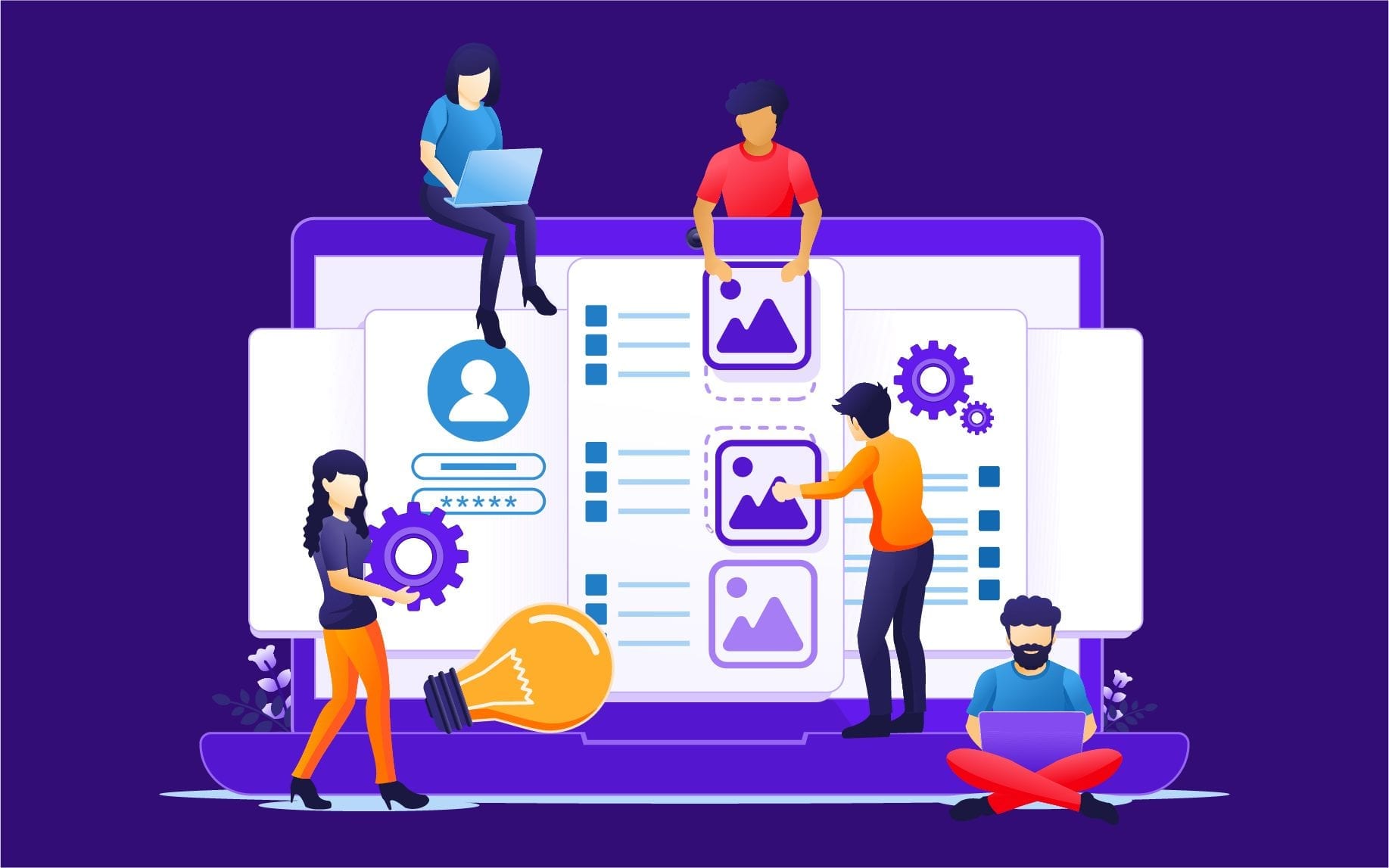
About Course
“Welcome to the Unstoppable ‘SHAMIIT – UI/UX Mastery Pro: Epic and Unrivaled Course for Beginner to Advanced App Design’! This awe-inspiring and transformative course is specifically designed to ignite your UI/UX design prowess and propel you from a novice to a master in crafting awe-inspiring app designs that leave a lasting impact. Whether you’re an ambitious newcomer or a seasoned professional seeking to unlock new dimensions, prepare to immerse yourself in the exhilarating journey of discovering cutting-edge design principles and undertaking real-world projects to fortify your expertise. By the electrifying culmination of this course, you will wield the unstoppable prowess to create visually stunning, seamlessly navigable, and utterly immersive web and mobile applications that command user attention and spark unforgettable experiences!”
1. “The Ultimate UI/UX Mastery Pro Course: From Novice to Expert App Design”
2. “Mastering UI/UX: A Comprehensive Journey from Beginner to Advanced App Design”
3. “Unleashing Creativity: UI/UX Pro Course for Powerful App Design”
4. “Crafting Exceptional User Experiences: UI/UX Mastery Pro Course”
Course Content
Introduction to UI/UX Design
Introduction to the User Experience Course
06:06Getting started with your Adobe XD project
03:39What is UI vs UX – User Interface vs User Experience vs Product Designer
03:00Wireframing (low fidelity) in Adobe XD
05:37How wide should my website or app be in Adobe XD
01:50Working with existing UI kits in Adobe XD
01:00Quiz 1
Design Principles and Psychology
Wireframing and Prototyping
User Research and Personas
Mobile UI/UX Design
Web UI/UX Design
Working with Photoshop
APP Design
Placeholder content & Plugins
Asset panel
Micro Interactions
Prototyping Advanced
Voice Interactions & User Testing
Pitching to Clients & Customers, Exporting, What Next
Student Ratings & Reviews

